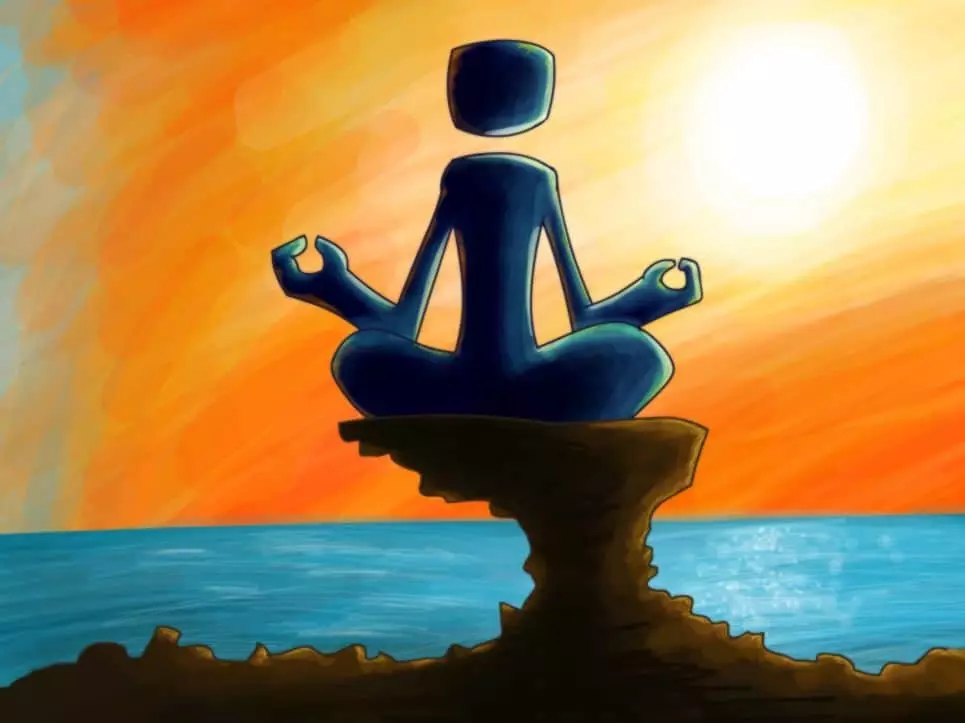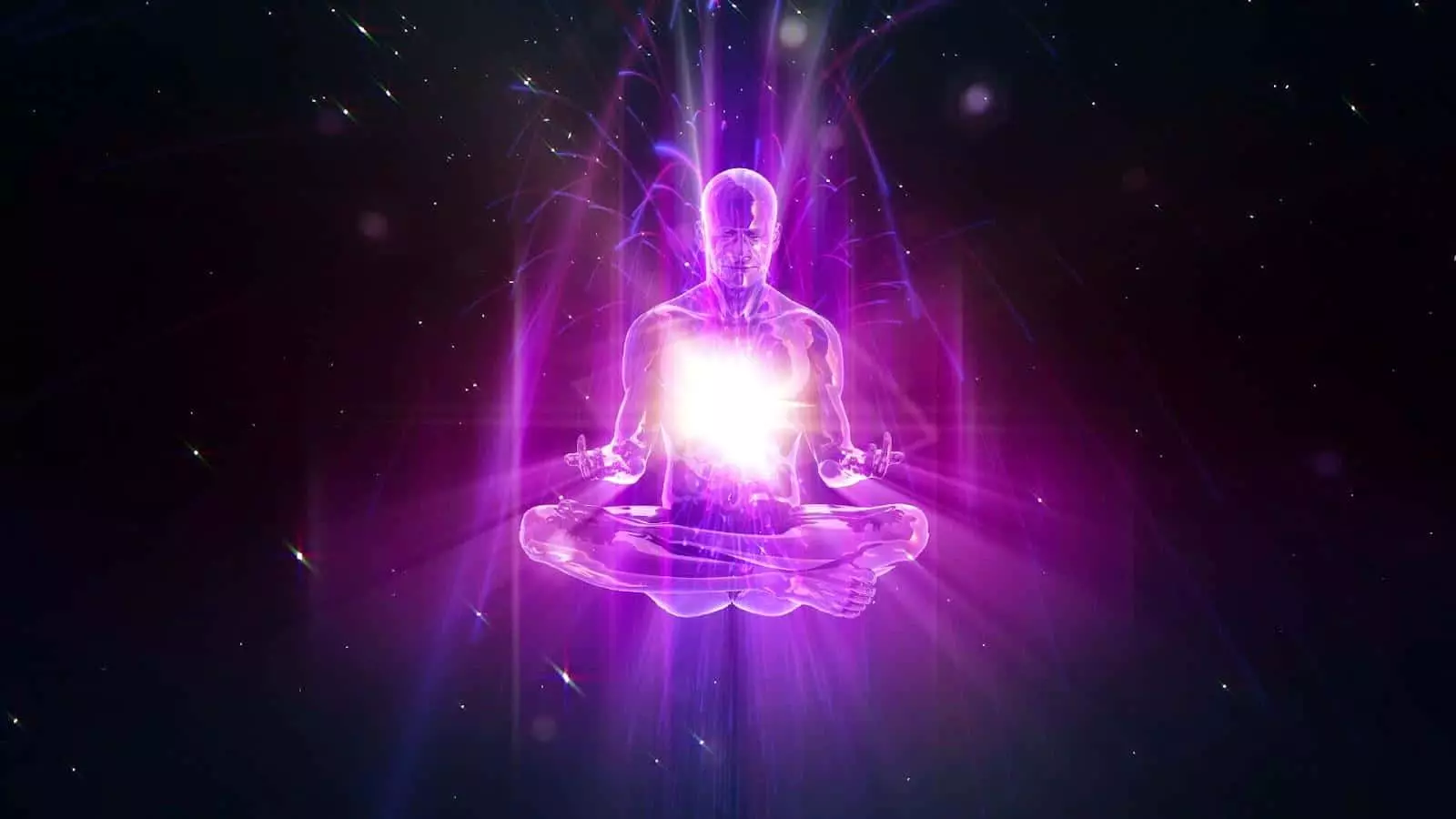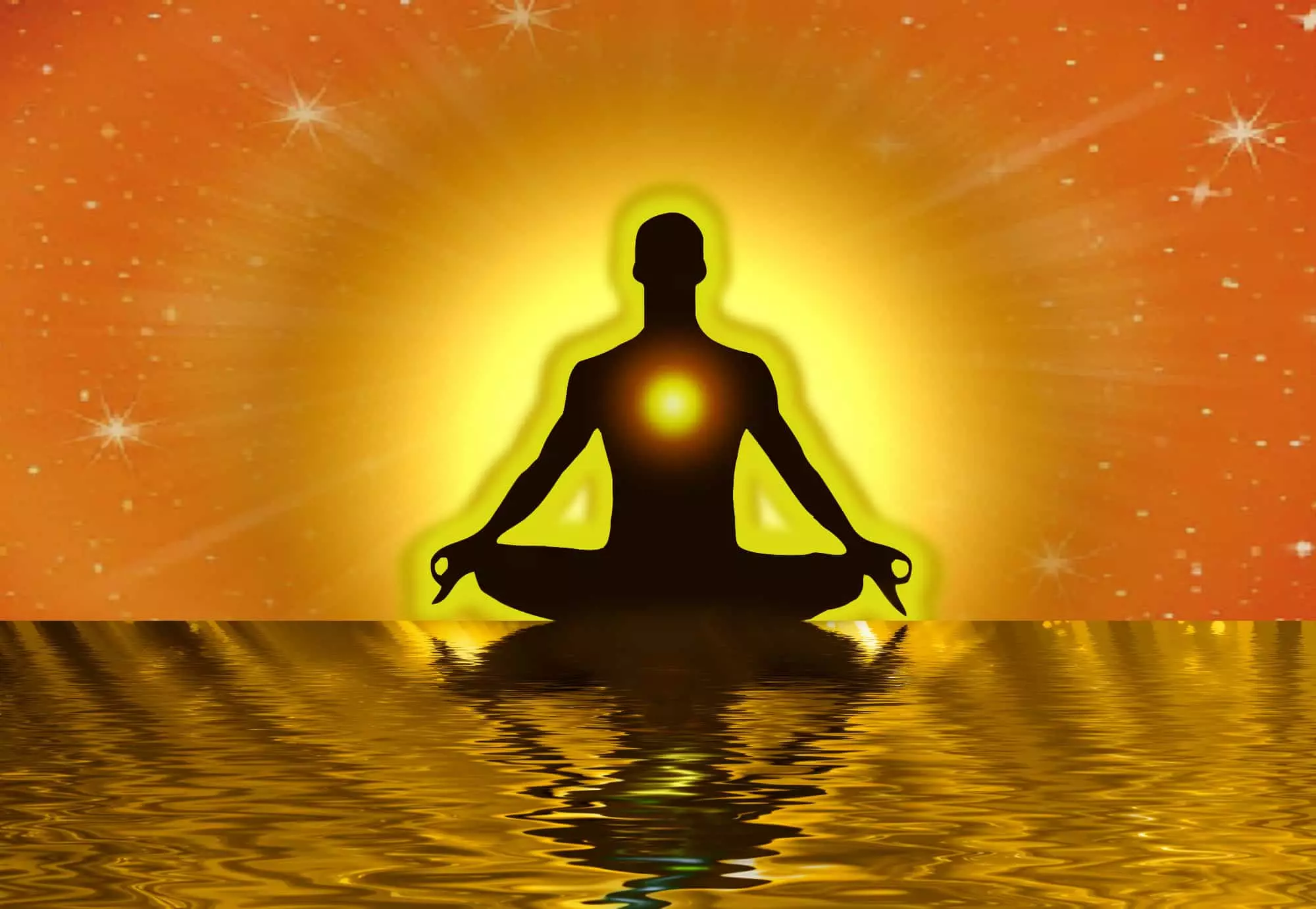The practices and meditation of Alexander Ivanitsky are very effective. The author of the technician competently combines a scientific and spiritual approach to its techniques. Tell how to meditate correctly, and consider specific ways.
The purpose of meditation
Some people believe that meditation is some kind of magical rite, helping to open the notorious "third eye" or achieve enlightenment. But this is far from that.

Find out what awaits you today - a horoscope for today for all zodiac signs
By numerous subscribers requests, we have prepared an accurate horoscope application for a mobile phone. Forecasts will come for your zodiac sign every morning - it is impossible to miss!
Download free: Horoscope for every day 2020 (Available on Android)
Meditation, first of all, the usual exercise aimed at work with the subconscious. The ultimate goal is to gain peace of mind and peace, learn to enjoy life, be a happy and harmonious person, relax and relieve tension.
It is not difficult to meditate at all - Ivanitsky's techniques will easily lift even a beginner. The author of the methodology claims: Even the well-known method "consider sheep to fall asleep" is already meditation.
The whole secret in visualizing some object in the subconscious and the maximum concentration on it. When you concentrate, all the extraneous thoughts, emotions and feelings leave your consciousness, you relax.
5 steps of proper meditation
Alexander Ivanitsky insists that the secret of proper meditation is to comply with five uncomplicated rules. Observe them and achieve success. Ignore at least one step, and the whole system will scatter, as if a card house.

Step One: Highlight time
To engage in the method of Alexander, you need twice a day for 15-20 minutes:- In the morning: To fill the energy and prepare for active life during the day.
- In the evening: To remove stress and tension, get rid of annoying thoughts and easy to fall asleep.
Turn meditation to a daily habit. Only regular classes will lead to the result. Practice "From time to time" or one-time is useless. Imagine that you are engaged in sports, only developing the body, but the soul.
Step Second: Choose the right place
Ideal for meditation - calm and cozy atmosphere of your home. Any distracting factors must be excluded.
Some recommendations of the author Methods:
- Do not meditate in the bedroom or elsewhere where you usually sleep. The probability is high, that you just light and no sense.
- If you have very little free time, try to meditate on breaks at work or in public transport on the way to the place of service. It is difficult, but over time you will learn to "turn off".
It is also preferable to meditate at home, such classes will bring the greatest effect.
Stage Third: Selection of Poses
Despite the fact that the classic version is the Lotus's Yogan Pose, Ivanitsky does not insist on it. An ordinary person who is not engaged in yoga and does not have sufficient flexibility, such a position is simply not available and uncomfortable, he will not be able to relax as much as possible.

Therefore, choose any position convenient for you, in which you can comfortably be comfortable for fifteen minutes. Important conditions:
- The back must be saved direct throughout the session.
- The angle between the spine and the pelvis is straight.
- If you sit on the chair, you can not climb on the back.
If the back is strongly strained, you can sit on the floor and rely on the wall, while maintaining the straight angle between the spine and the surface on which you sit.
Stage Fourth: Relax
Before starting meditation, it is very important to relax the body as much as possible. It may turn out to be not immediately: you may need time.To relax, close your eyes and "Look" inside your subconscious. A mental gaze is going through the body, relaxing each of his plot separately. Friendly as you seem asleep, become weightless.
Fifth Step: Concentration
After you completely relaxed, the most important stage of meditation begins. You need to concentrate either on breathing, or on some mantra that you picked up for practice.
Strive to fully focus on the breath or sounds of the mantra, do not be distracted by extraneous thoughts. You must be expelled from your subconscious all the feelings and thoughts, forget about your desires and experienced stress.
Get rid of thoughts - the most difficult thing that can be in meditation. Not everyone gets to do it from the first time. Therefore, type patience, once with time will be able to abstract from all excess better and better.
See Alexander meditation aimed at the healing of the nervous system and psyche:
Concentration methods
Most of the authors of meditative programs offer students to concentrate on breathing. But this is not the only way.
What Ivanitsky offers:
- Use visualization techniques. You can submit various images in your subconscious. For example, abstract pictures with many bright colors. Or something specific, subject, thing or event.
- Mental repetition of the syllables of mantra. Choose any Indian mantra, memorize it - and repeat in one pace at the fifth stage of meditation. Unlike other authors who consider mantras with something sacred, choose options individually under each client, Alexander claims that these are only monotonous sounds. Therefore, you can use any mantra.
- Respiratory concentration is not in the Ivanitsky system preferred. But this is the easiest method that newbies can use, and then go to more complex options. It is important not only to mentally consider breaths and exhalations, but also to feel how the air is moving along your body, and then goes out.
It is very important, meditating, not to strain, do not try to control the process consciously. Everyone should occur naturally, otherwise you will suffer Fiasco. Let the breath be not very smooth and rhythmic - just watch without interfering with the process of mind.
